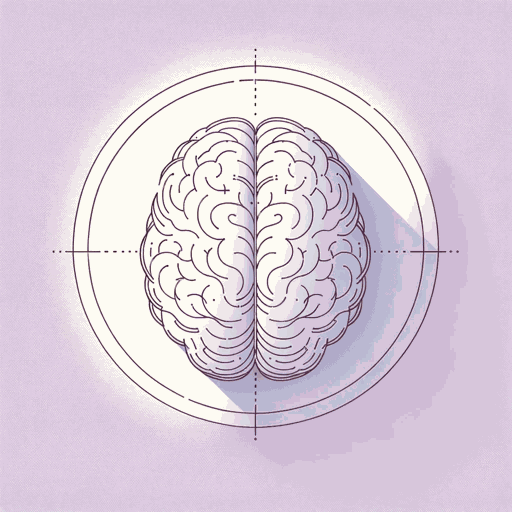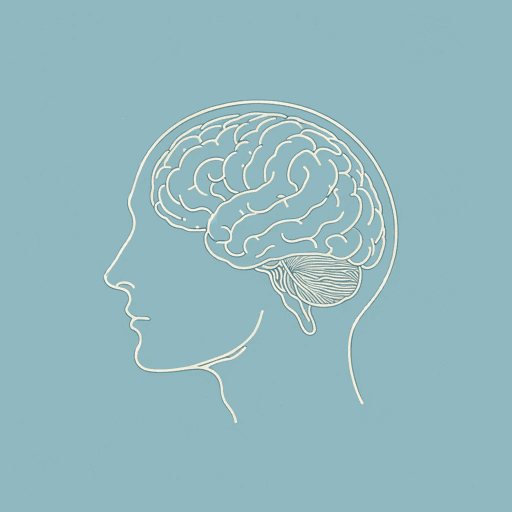56 pages • 1 hour read
David HumeA Treatise of Human Nature
Nonfiction | Book | Adult | Published in 1739A modern alternative to SparkNotes and CliffsNotes, SuperSummary offers high-quality Study Guides with detailed chapter summaries and analysis of major themes, characters, and more.
Book 2, Part 2Chapter Summaries & Analyses
Book 2, Part 2 Summary
Next, Hume analyzes another pair of emotions, love and hate. Unlike humility and pride, where the object is the self, the object of love and hate is often someone else, “some thinking person” (380). Hume argues self-love and self-hatred are not true passions since they are never as strong as the actual sensation of hating or loving another person (379). The origins of hate and love are similar to pride and humility. Hume believes there has to be a pleasant or painful impression related to the cause, which is itself related to the idea of the person who is being loved or hated. He then elaborates on his ideas of love and hate by describing eight experiments, which are thought exercises where he thinks about real-world situations.
From these experiments, he forms two conclusions. The first is that an object, not a person, can inspire passions like love and hate as well. However, this requires more than one relation. In one example, Hume writes about traveling in a foreign country with a friend. No matter how pleasant their experiences are, he 







Related Titles
By David Hume



